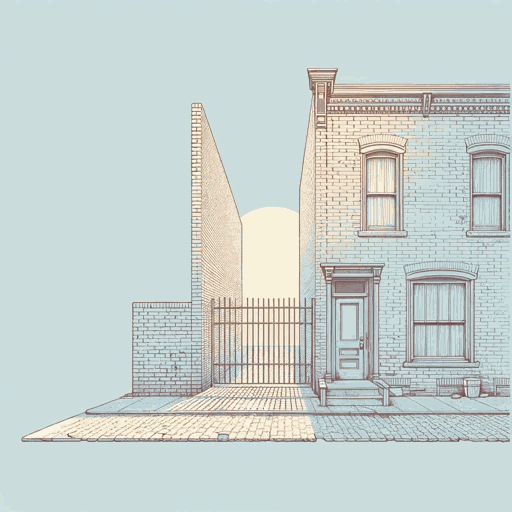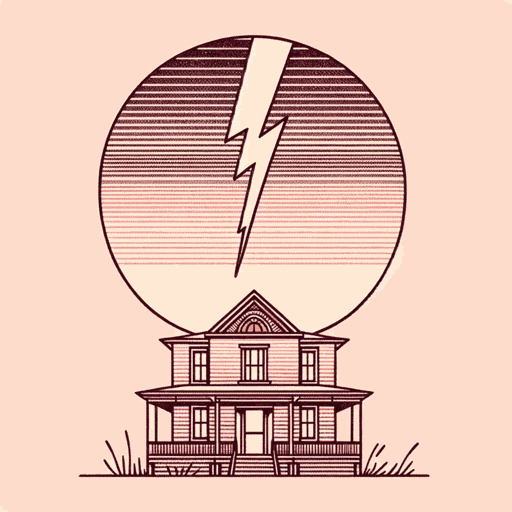55 pages • 1 hour read
Gloria NaylorThe Women of Brewster Place
Fiction | Novel | Adult | Published in 1982A modern alternative to SparkNotes and CliffsNotes, SuperSummary offers high-quality Study Guides with detailed chapter summaries and analysis of major themes, characters, and more.
Symbols & Motifs
The Wall
The wall that makes Brewster Place a dead-end street is a key symbol in the novel, representing the obstacles that the women face in society. Located right next to a major avenue, Brewster Place once had the opportunity to become a bustling thoroughfare. However, the wall cut off “the lifeblood” of the community, causing the neighborhood to deteriorate. Brewster Place is therefore close to the city center and almost within view of those who enjoy full wealth and success, but such views are simultaneously impossible to reach. This setting is designed to parallel the women’s experience in life, for although they can glimpse the evidence of opportunities around them, they are separated from advancement by invisible social barriers. Only Kiswana, an educated young woman with a middle-class upbringing, can see over the wall from her apartment, and the physical position of her apartment therefore symbolizes a possibility for greater social mobility in her case.
At the end of the novel, Mattie dreams that the women come together to tear down the wall, representing the symbolic destruction of the social barriers that confine them to Brewster Place. The women are under the impression that the wall’s bricks are stained with blood from Lorriane’s assault, representing the violence that the metaphorical walls in their lives have inflicted on them.
Related Titles
By Gloria Naylor




